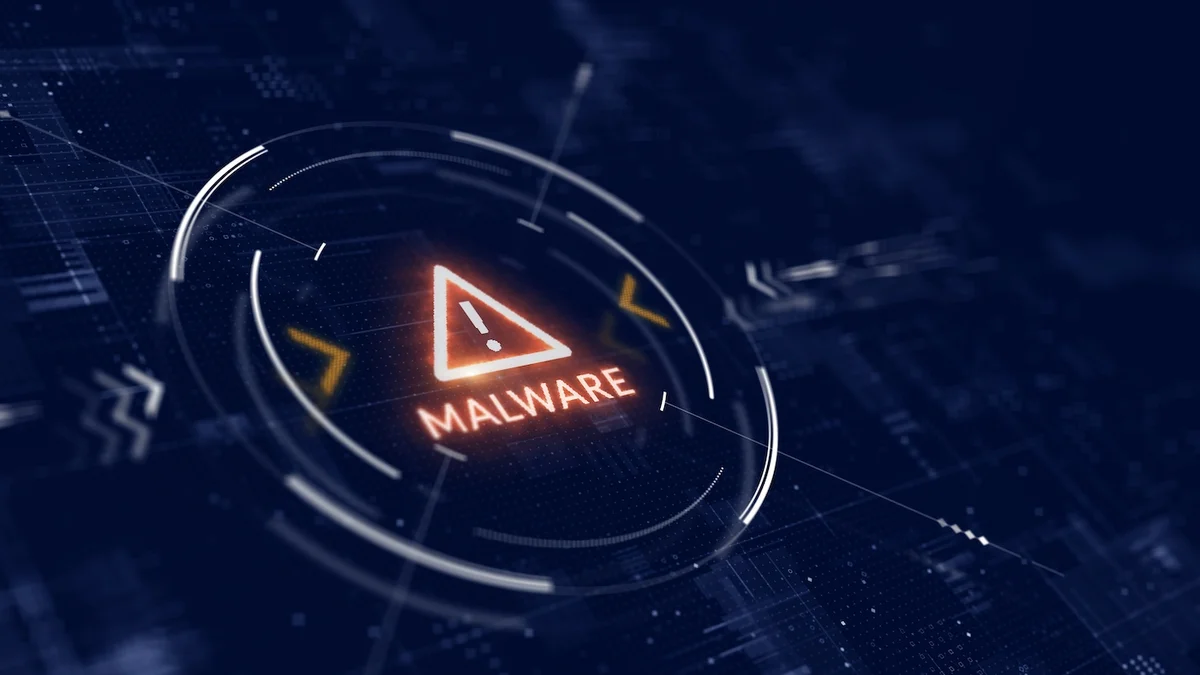
In today’s interconnected digital world, where technology plays a pivotal role in our personal and professional lives, the threat of malware looms large. Malware, short for malicious software, represents a broad category of software programs specifically designed to infiltrate, damage, or gain unauthorized access to computer systems, networks, and devices.
From inconspicuous viruses to sophisticated ransomware attacks, malware poses significant risks to individuals, businesses, and even entire nations. In this comprehensive exploration, we delve into the intricacies of malware, its various forms, its impact, and strategies for mitigation.
1. What is Malware?
At its core, malware encompasses a wide array of malicious software programs crafted by cybercriminals with nefarious intent. These programs can manifest in various forms, including viruses, worms, trojans, ransomware, spyware, adware, and rootkits, each with its unique characteristics and methods of operation.
2. Types of Malware
- Viruses: These are self-replicating programs that attach themselves to legitimate files or programs and spread from one system to another when executed. Viruses can cause damage by corrupting or deleting files, slowing down system performance, and even rendering a system inoperable.
- Worms: Unlike viruses, worms don’t require a host program to spread. They replicate themselves and spread independently across networks, exploiting vulnerabilities in operating systems, software, or network protocols. Worms can propagate rapidly, causing widespread damage and network congestion.
- Trojans: Named after the mythical Trojan Horse, trojans disguise themselves as legitimate software to deceive users into installing them. Once installed, trojans can steal sensitive information, provide unauthorized access to attackers, or facilitate other malicious activities without the user’s knowledge.
- Ransomware: This form of malware encrypts a victim’s files or locks them out of their system entirely, demanding a ransom payment in exchange for decryption keys or restoring access. Ransomware attacks have become increasingly prevalent and lucrative for cybercriminals, targeting individuals, businesses, and even critical infrastructure.
- Spyware: As the name suggests, spyware secretly monitors and collects information about a user’s online activities, keystrokes, passwords, and browsing habits. This stolen data is often used for malicious purposes, such as identity theft, financial fraud, or targeted advertising.
- Adware: Adware displays intrusive advertisements on a user’s device, often in the form of pop-up ads or browser redirects. While not inherently malicious, adware can significantly degrade the user experience, consume system resources, and compromise privacy.
- Rootkits: These stealthy malware programs are designed to conceal their presence and maintain privileged access to a compromised system. Rootkits often exploit vulnerabilities in the operating system kernel to evade detection by traditional security measures.
3. How Does Malware Spread?
Malware can spread through various vectors, including:
- Email Attachments: Cybercriminals often distribute malware via phishing emails containing malicious attachments or links. Unsuspecting users who open these attachments or click on links may inadvertently download and execute malware on their systems.
- Infected Websites: Visiting compromised or malicious websites can expose users to drive-by downloads, where malware is automatically downloaded and installed onto their devices without their consent.
- Removable Media: Malware can spread through infected USB drives, external hard drives, or other removable media devices. Plugging in an infected device can facilitate the spread of malware to other systems connected to the same network.
- Software Vulnerabilities: Exploiting security vulnerabilities in operating systems, software applications, or network protocols is another common method used by cybercriminals to spread malware. Failure to promptly install security patches and updates can leave systems vulnerable to exploitation.
4. Impact of Malware
The consequences of a malware infection can be devastating, ranging from financial losses and data breaches to reputational damage and legal liabilities. Some of the key impacts of malware include:
- Data Theft and Loss: Malware can steal sensitive information such as personal data, financial credentials, intellectual property, and confidential business information, leading to identity theft, fraud, or espionage.
- Financial Fraud: Malware designed for financial gain, such as banking trojans and credit card skimmers, can compromise online banking credentials, payment card information, and cryptocurrency wallets, enabling cybercriminals to conduct fraudulent transactions and steal funds.
- Disruption of Services: Ransomware attacks can cripple businesses and critical infrastructure by encrypting essential files or disrupting vital services, resulting in operational downtime, financial losses, and damage to reputation.
- Privacy Violations: Spyware and adware can compromise user privacy by monitoring and collecting sensitive information without consent, leading to targeted advertising, intrusive marketing tactics, and potential exposure of personal data to unauthorized third parties.
5. Mitigating the Threat of Malware
While eliminating the risk of malware entirely may be unrealistic, implementing robust cybersecurity measures can help mitigate its impact and reduce the likelihood of successful attacks. Some proactive strategies for defending against malware include:
- Educating Users: Promoting cybersecurity awareness and providing training on recognizing phishing attempts, suspicious websites, and unsafe computing practices can empower users to protect themselves against malware threats.
- Implementing Security Solutions: Deploying antivirus software, firewalls, intrusion detection systems, and other security solutions can help detect and block malware infections, prevent unauthorized access, and safeguard sensitive data.
- Regular Updates and Patch Management: Keeping operating systems, software applications, and firmware up to date with the latest security patches and updates can mitigate vulnerabilities exploited by malware and enhance overall system security.
- Network Segmentation: Segmenting networks and implementing access controls can limit the spread of malware within an organization’s infrastructure and minimize the impact of potential breaches or infections.
- Data Backup and Recovery: Regularly backing up critical data and systems to secure offsite locations or cloud-based storage can facilitate timely recovery in the event of a malware attack, reducing downtime and minimizing data loss.
Conclusion
In conclusion, malware represents a pervasive and evolving threat that poses significant risks to individuals, businesses, and society at large. Understanding the various forms of malware, how they spread, and their potential impact is essential for developing effective cybersecurity strategies and mitigating the threat.

